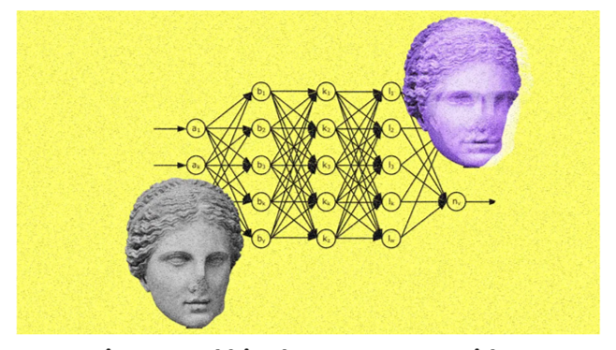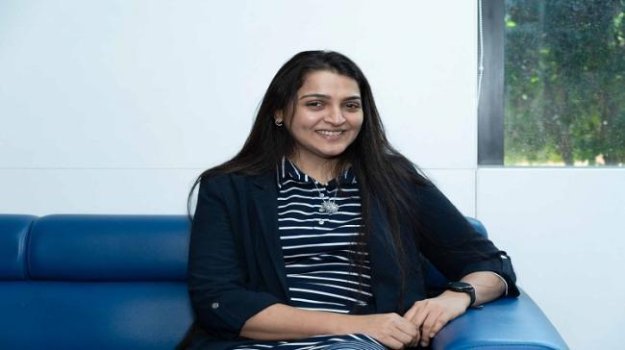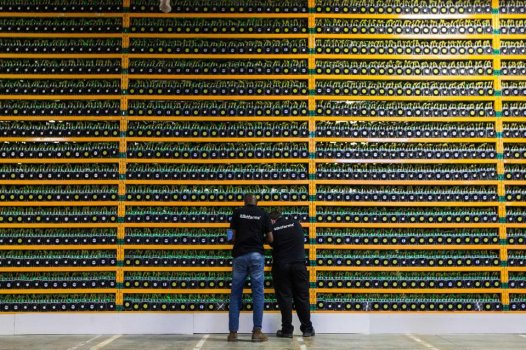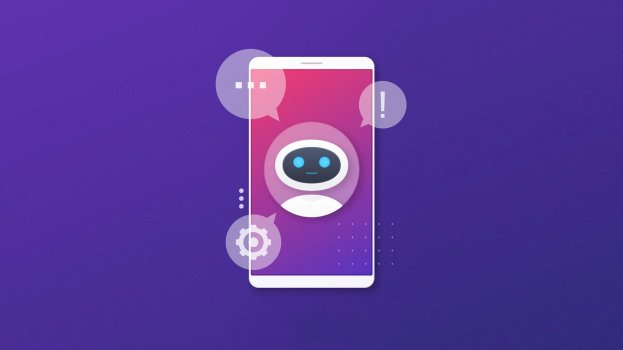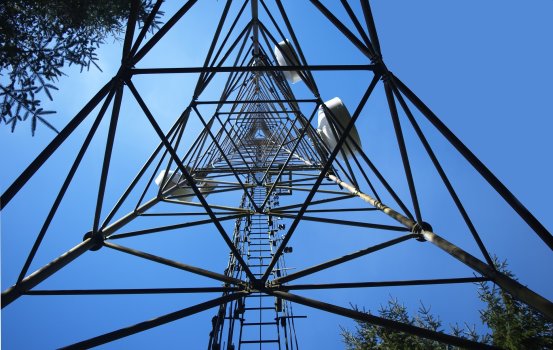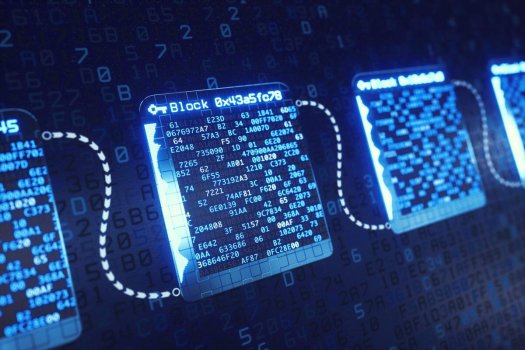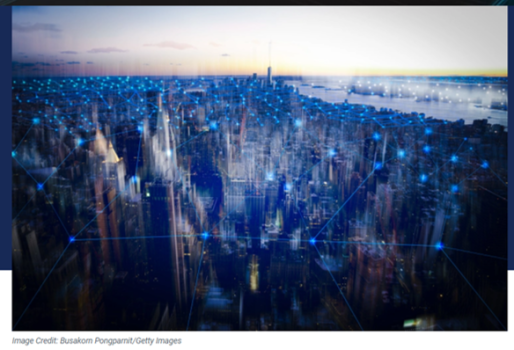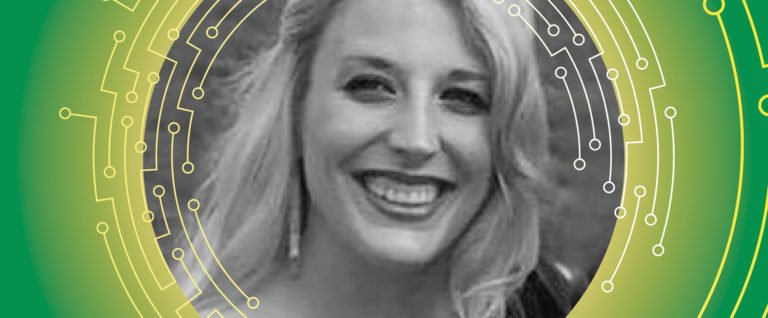Do You Know Your Critical Data?
- Technology Solutions
- 0 Replies
With the regulatory legislations in data protection such as GDPR / KVKK, an accepted understanding of how to obtain, process, share and protect data, especially personal data, has started to develop. Data governance capability is one of the most important indicators of the maturity level of this understanding in a company. I will address the process of identifying critical data, which is one of the primary steps of data governance, through a few questions.
With the regulatory legislations in data protection such as GDPR / KVKK, an accepted understanding of how to obtain, process, share and protect data, especially personal data, has started to develop. Data governance capability is one of the most important indicators of the maturity level of this understanding in a company. I will address the process of identifying critical data, which is one of the primary steps of data governance, through a few questions.
How Important is Identification of Critical Data?
Organizations are operating under a downpour of data. And its data processing skills affect the production of the expected value from the enterprise. These skills should be spread in a balanced way in the fields of people, processes, and technology. So, relevant roles must be defined, task assignments must be made, processes with measurable goals must be defined, and data discovery/governance technologies must be included in the system.
Every organization is an entity that creates value for its stakeholders through business processes with different functions. Different units in the organization perform these functions; Such as Human Resources, Accounting, Marketing, Sales, and Information Technology units. These functions allow the organization to serve its purpose and achieve its goals. Units such as Human Resources and Accounting also have databases that contain data to fulfill the functions expected from them.
To be able to make fast and accurate decisions about which data from many different sources will be kept, which ones will be destructed or erased, which ones will be shared with whom, and under what conditions, we need to have some criteria. I believe that the degree of criticality is the most essential criterion to be considered in this regard.
Continue reading: https://gopolat.medium.com/do-you-know-your-critical-data-e6a4f9210be9
With the regulatory legislations in data protection such as GDPR / KVKK, an accepted understanding of how to obtain, process, share and protect data, especially personal data, has started to develop. Data governance capability is one of the most important indicators of the maturity level of this understanding in a company. I will address the process of identifying critical data, which is one of the primary steps of data governance, through a few questions.
How Important is Identification of Critical Data?
Organizations are operating under a downpour of data. And its data processing skills affect the production of the expected value from the enterprise. These skills should be spread in a balanced way in the fields of people, processes, and technology. So, relevant roles must be defined, task assignments must be made, processes with measurable goals must be defined, and data discovery/governance technologies must be included in the system.
Every organization is an entity that creates value for its stakeholders through business processes with different functions. Different units in the organization perform these functions; Such as Human Resources, Accounting, Marketing, Sales, and Information Technology units. These functions allow the organization to serve its purpose and achieve its goals. Units such as Human Resources and Accounting also have databases that contain data to fulfill the functions expected from them.
To be able to make fast and accurate decisions about which data from many different sources will be kept, which ones will be destructed or erased, which ones will be shared with whom, and under what conditions, we need to have some criteria. I believe that the degree of criticality is the most essential criterion to be considered in this regard.
Continue reading: https://gopolat.medium.com/do-you-know-your-critical-data-e6a4f9210be9

